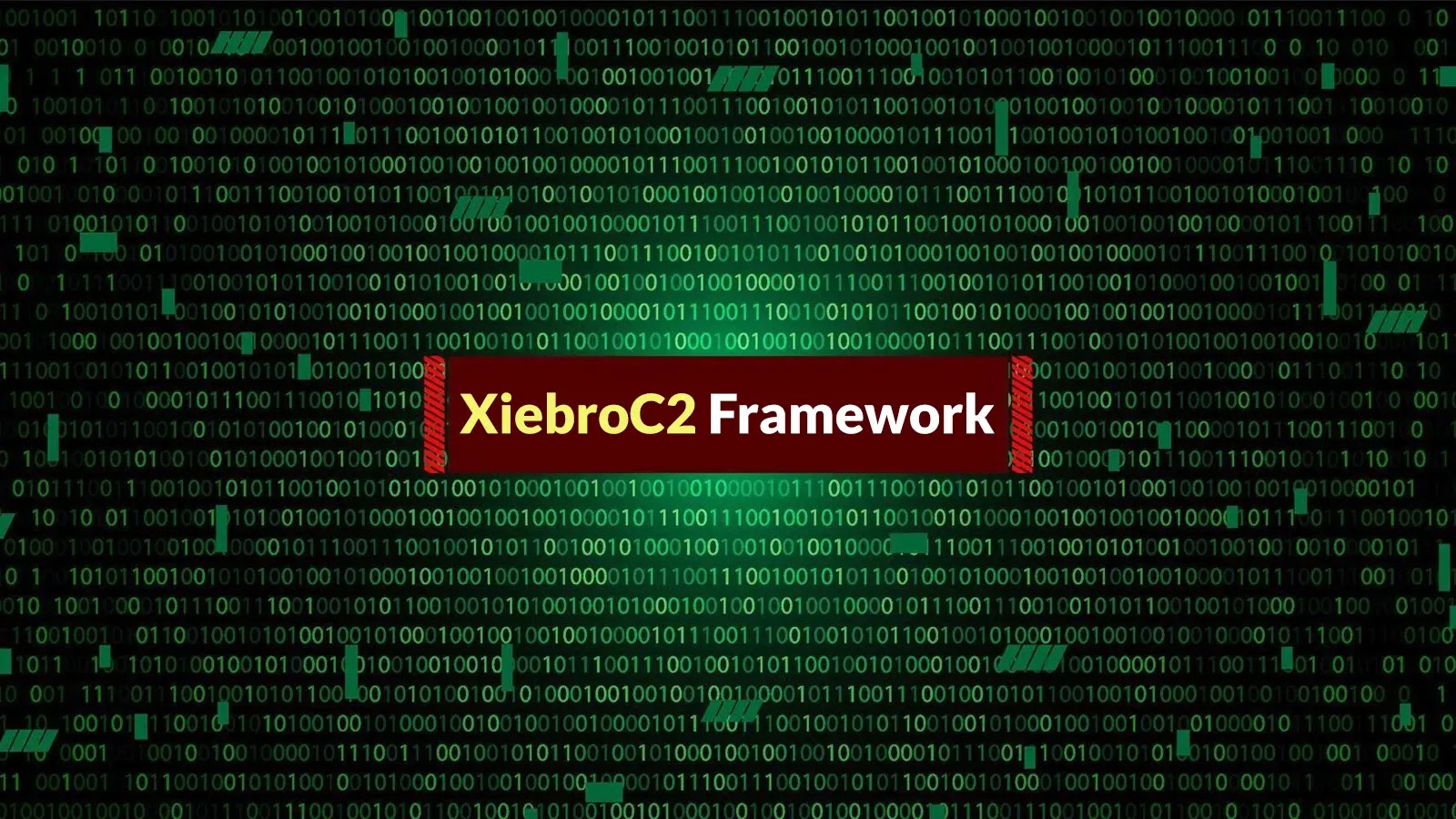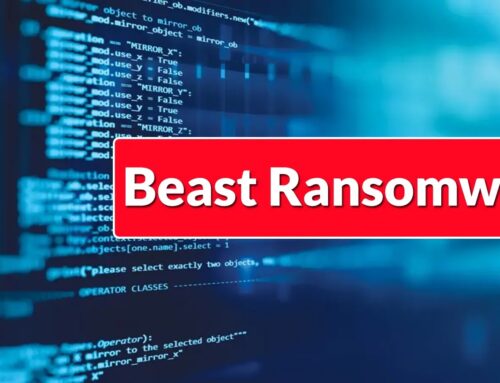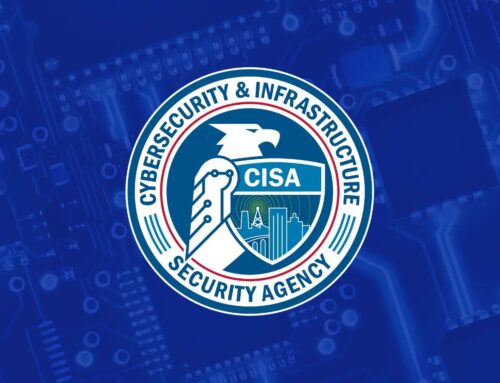
Threat Actors Hijacking MS-SQL Server to Deploy XiebroC2 Framework
The Silent Takeover: Threat Actors Hijack MS-SQL Servers with XiebroC2
The digital landscape is a constant battleground, and a new and concerning campaign highlights the persistent vulnerabilities lurking within critical infrastructure. Threat actors are actively exploiting improperly managed Microsoft SQL (MS-SQL) servers to deploy the sophisticated XiebroC2 command and control framework. This isn’t just another opportunistic attack; it’s a calculated move to establish deep, persistent access within compromised systems, posing a significant risk to data integrity and operational continuity.
Understanding the Threat: How XiebroC2 Infiltrates MSSQL
The core of this attack vector lies in initial access gained through vulnerable credentials on publicly accessible MS-SQL database servers. Once these weak points are identified, threat actors leverage them to establish an initial foothold. The process then unfolds in a multi-stage deployment, skillfully escalating privileges and embedding the XiebroC2 framework. This framework, while publicly available, provides adversaries with robust remote control capabilities, enabling them to execute commands, exfiltrate data, and maintain a hidden presence within the compromised network.
The use of MS-SQL servers as an entry point is particularly alarming. These servers often house sensitive business data and are integral to many enterprise applications. A compromise here can lead to a cascade of negative consequences, from data breaches to system-wide disruption.
The Multi-Stage Deployment: A Closer Look
While the exact specifics of each stage can vary, the general progression involves:
- Initial Foothold: Exploiting weak or default credentials on exposed MS-SQL instances.
- Privilege Escalation: Utilizing discovered vulnerabilities or misconfigurations within the SQL environment to gain higher-level access.
- Framework Deployment: Installing the XiebroC2 components, often disguised or hidden, to establish command and control channels.
- Persistence: Implementing mechanisms to ensure continued access even after system reboots or security remediations.
This systematic approach highlights the attackers’ intent to not just gain access, but to maintain a long-term presence for future malicious activities.
Indicators of Compromise (IoCs) and Detection
Identifying a XiebroC2 compromise requires vigilance. Key indicators might include:
- Unusual outbound network connections from MS-SQL servers to unknown IP addresses or domains.
- Suspicious or unauthorized processes running under the MS-SQL service account.
- Changes to MS-SQL configurations, especially those related to external access or command execution.
- Presence of unfamiliar files or directories within the MS-SQL installation path or related system directories.
Proactive monitoring and robust logging are crucial for detecting these subtle signs of compromise.
Remediation Actions: Securing Your MS-SQL Environment
Protecting your MS-SQL servers from this type of attack requires a multi-layered security approach. Immediate and ongoing actions are essential to mitigate the risk.
- Strong Credential Policies: Implement and enforce complex, unique passwords for all SQL accounts. Regularly rotate credentials and avoid default or easily guessable passwords.
- Principle of Least Privilege: Limit user and service account permissions to only what is absolutely necessary for their function. Never run MS-SQL services with excessive privileges.
- Network Segmentation and Firewalls: Restrict public access to MS-SQL servers. Implement strict firewall rules to allow connections only from trusted IP addresses and necessary ports.
- Patch Management: Keep all MS-SQL Server instances and the underlying operating systems fully patched and updated. While a specific CVE for XiebroC2’s initial access isn’t typically defined, vulnerabilities like CVE-2023-28292 (related to .NET and potentially impacting SQL environments) or CVE-2023-29339 (SQL Server privilege escalation) highlight the importance of timely patching.
- Security Audits and Monitoring: Regularly audit MS-SQL server configurations, user accounts, and activity logs. Implement robust security information and event management (SIEM) solutions to monitor for suspicious behavior.
- Disable Unnecessary Features: Turn off features like SQL Server Agent jobs, xp_cmdshell, or other extended stored procedures if they are not critically needed.
- Endpoint Detection and Response (EDR): Deploy EDR solutions on servers hosting MS-SQL to detect and respond to malicious activities post-exploitation.
Tools for Detection and Mitigation
Leveraging the right tools can significantly enhance your ability to detect and remediate MS-SQL server compromises.
| Tool Name | Purpose | Link |
|---|---|---|
| Microsoft Defender for Cloud | Cloud security posture management, threat protection for SQL servers | https://learn.microsoft.com/en-us/azure/defender-for-cloud/ |
| SQL Vulnerability Assessment (built-in) | Scans SQL databases for security vulnerabilities and misconfigurations | https://learn.microsoft.com/en-us/sql/relational-databases/security/sql-vulnerability-assessment?view=sql-server-ver16 |
| Nessus | Comprehensive vulnerability scanning across various systems, including SQL | https://www.tenable.com/products/nessus |
| Metasploit Framework | Penetration testing tool, can be used to test for SQL vulnerabilities (ethical use only) | https://www.metasploit.com/ |
| Wireshark | Network protocol analyzer for detecting unusual network traffic patterns | https://www.wireshark.org/ |
Conclusion: Fortifying Your Digital Defenses
The hijacking of MS-SQL servers to deploy frameworks like XiebroC2 underscores a critical need for robust cybersecurity hygiene. Organizations must prioritize the security of their database infrastructure, implementing strong authentication, vigilant monitoring, and timely patching. Ignoring these fundamentals leaves an open door for sophisticated threat actors to gain persistent access, exfiltrate sensitive data, and disrupt vital operations. Proactive defense is no longer optional; it’s a necessity for safeguarding the integrity of your digital assets.





